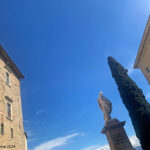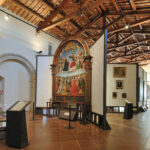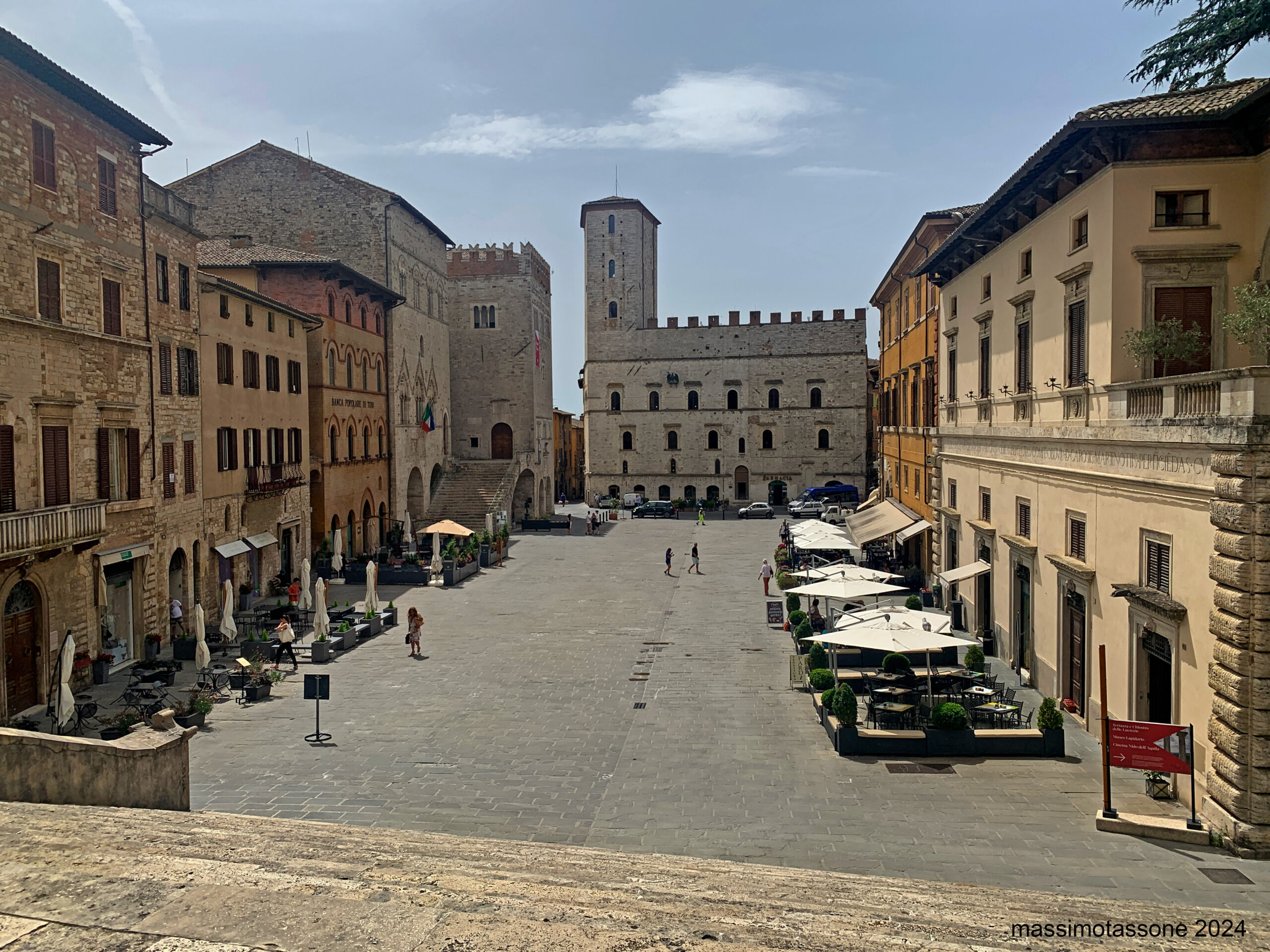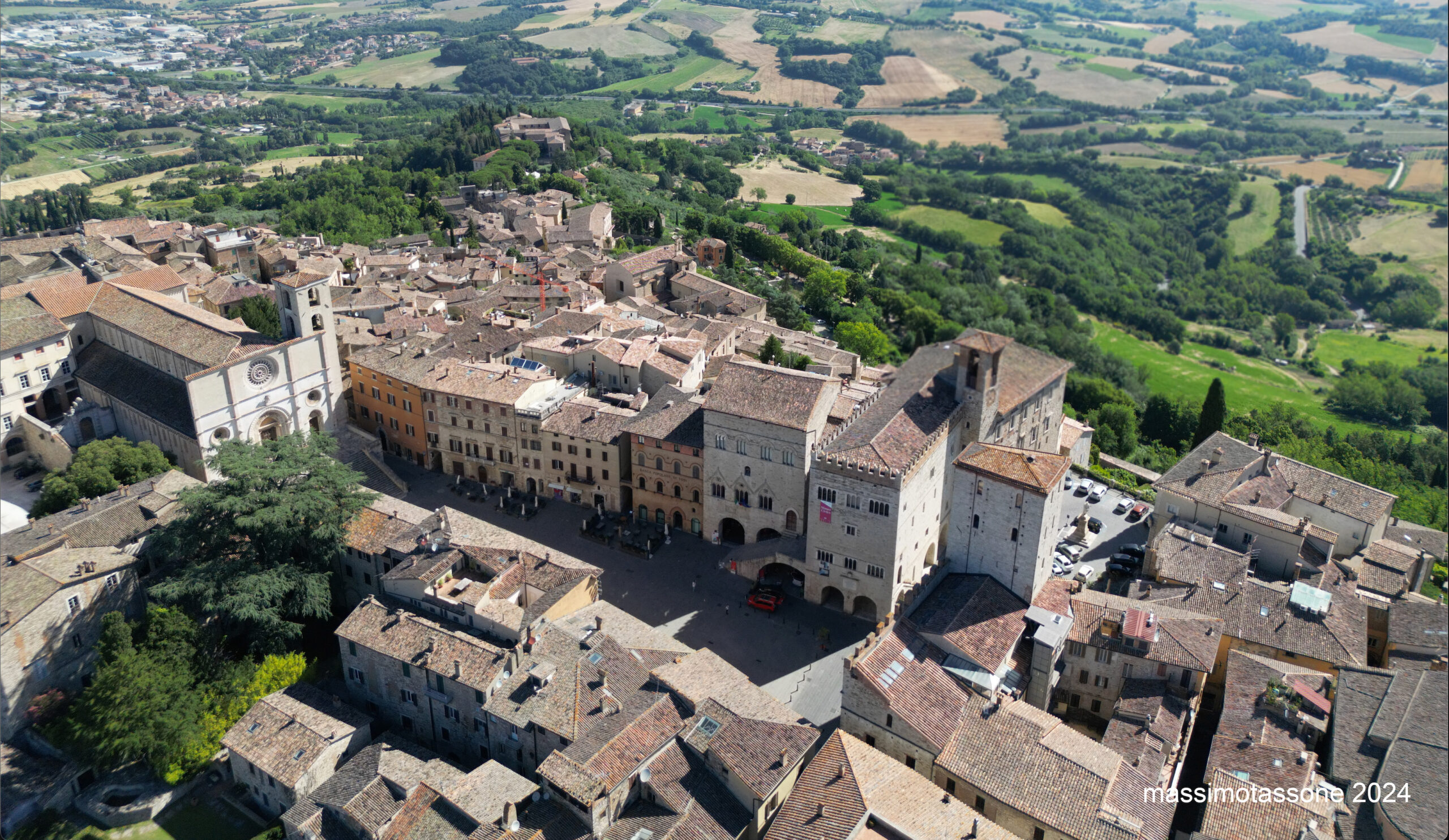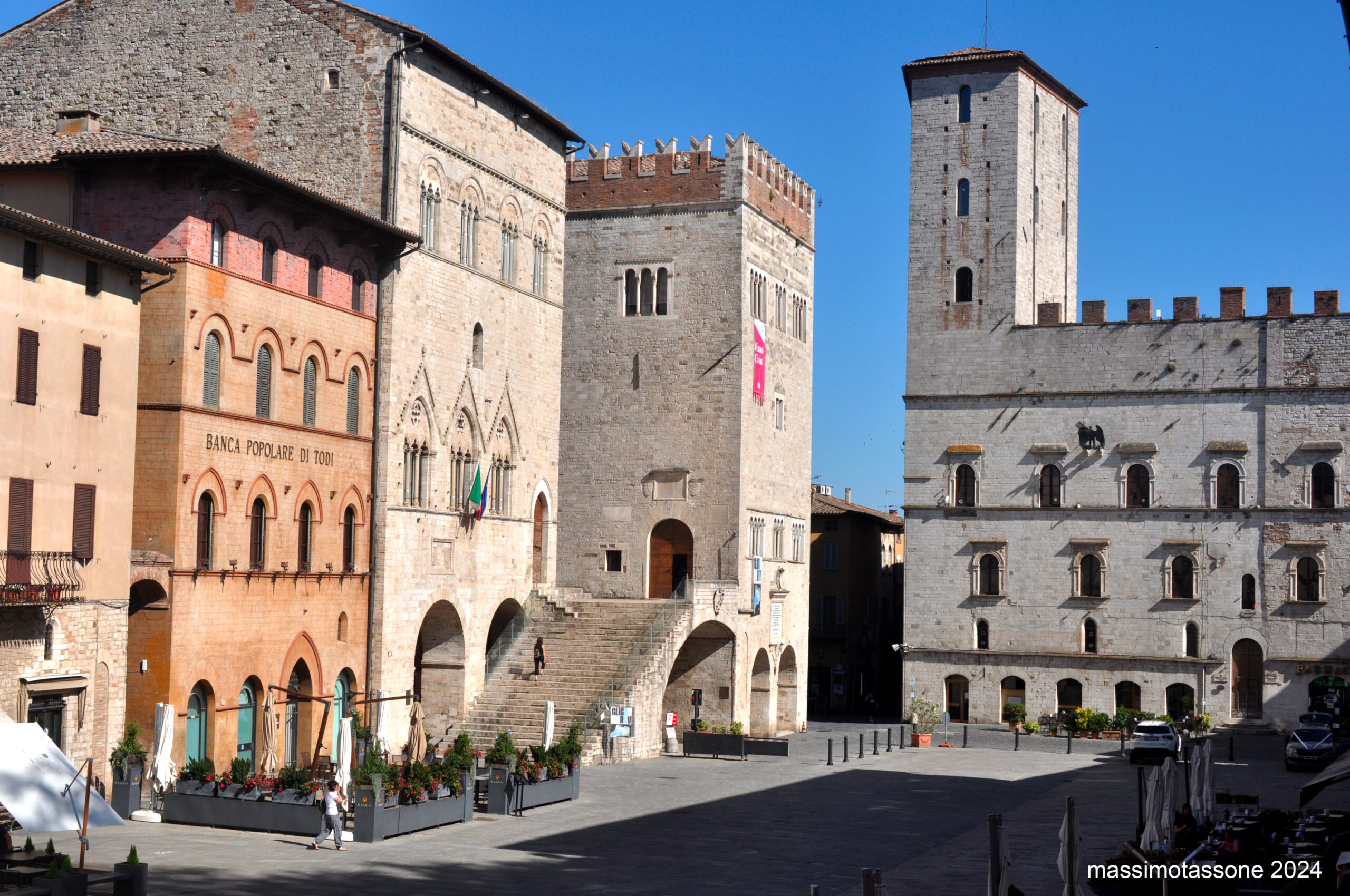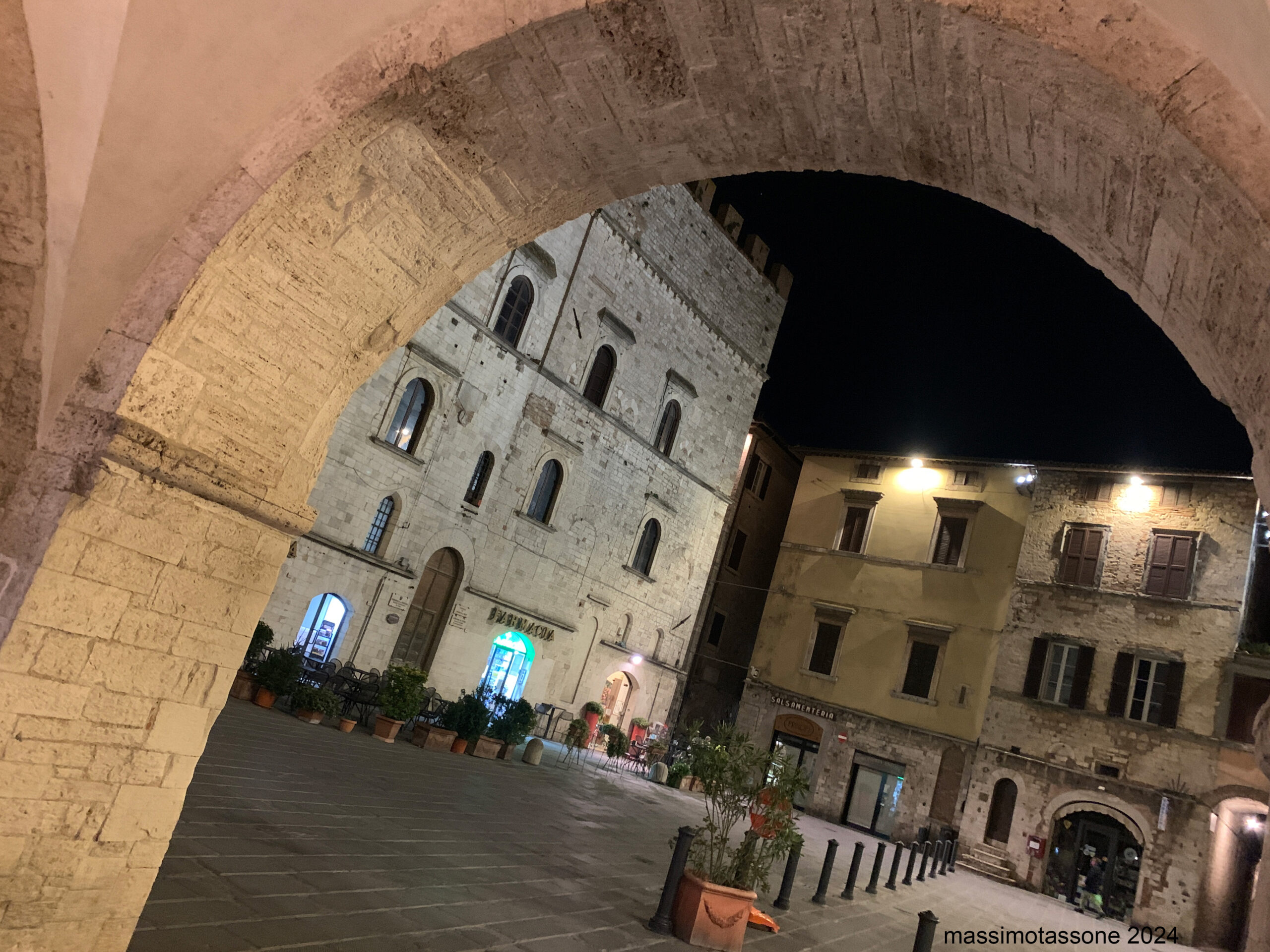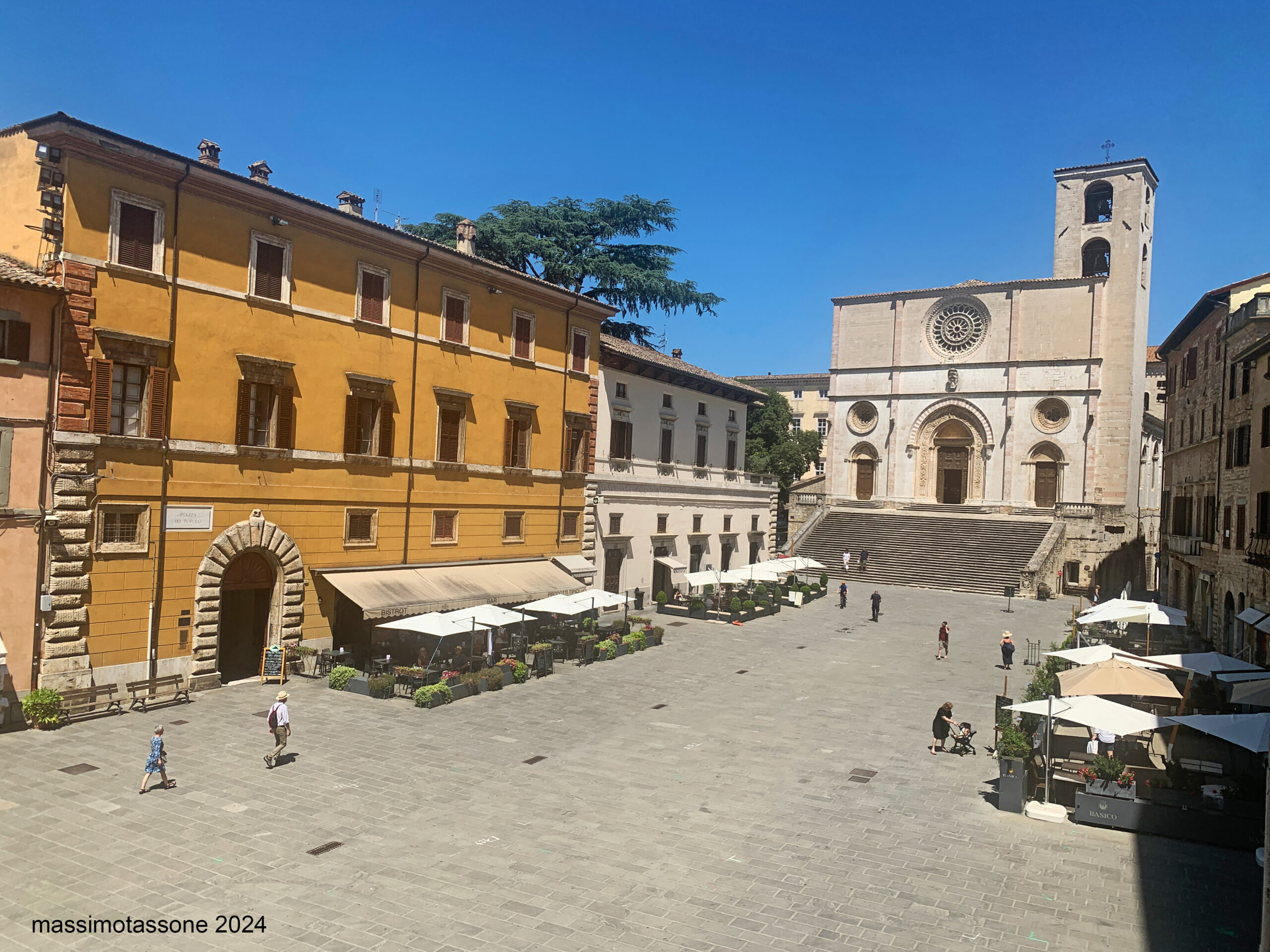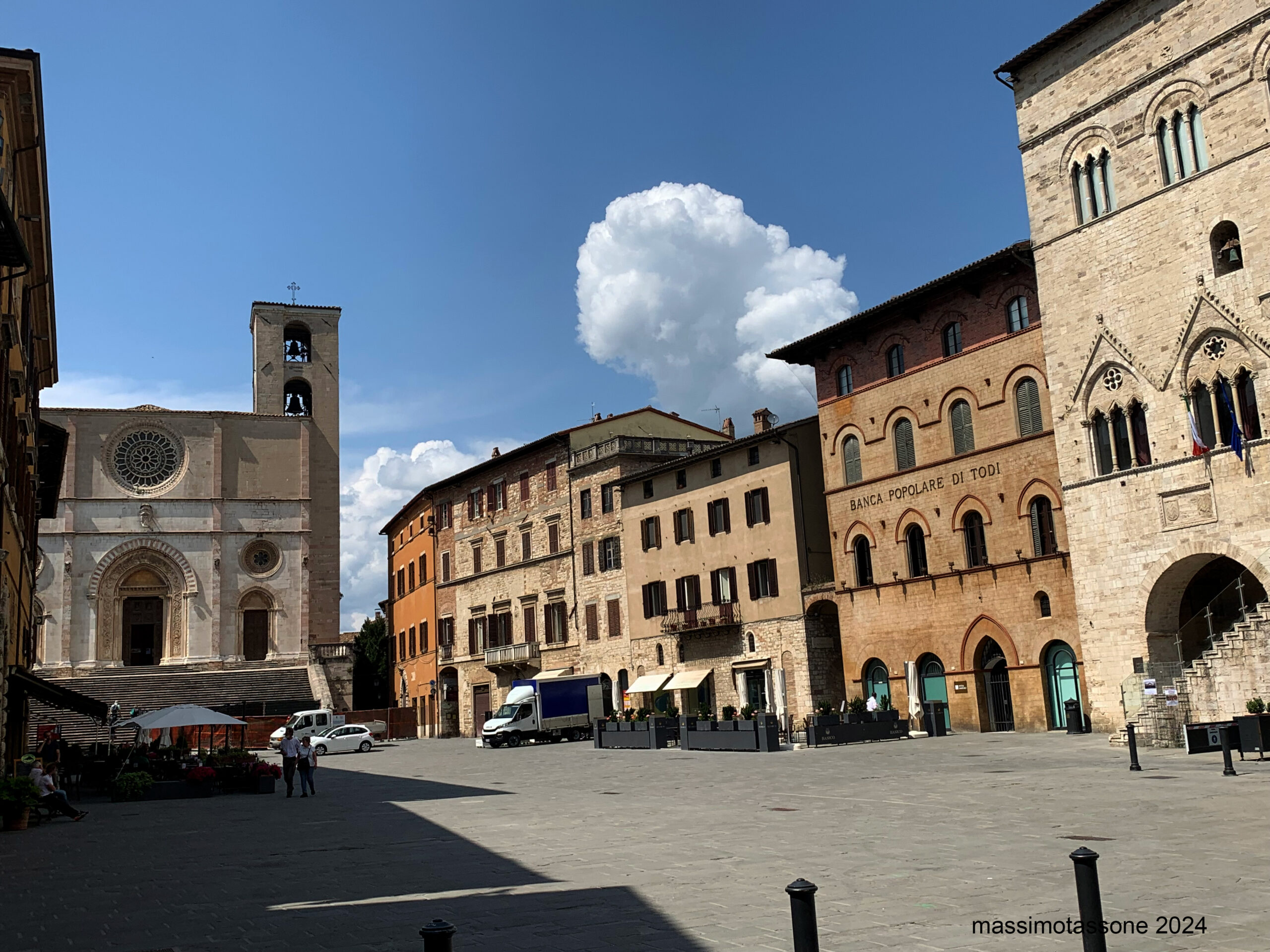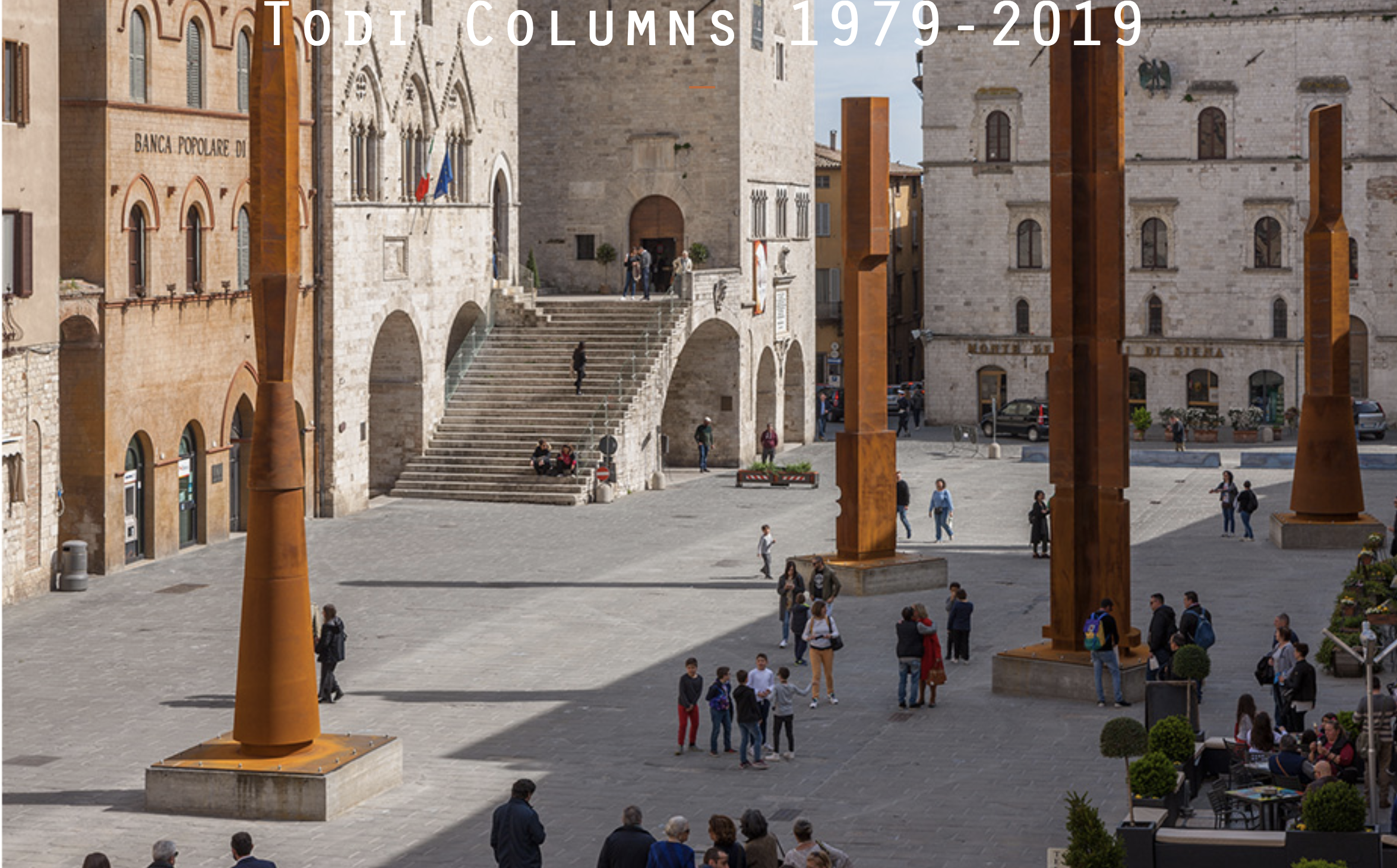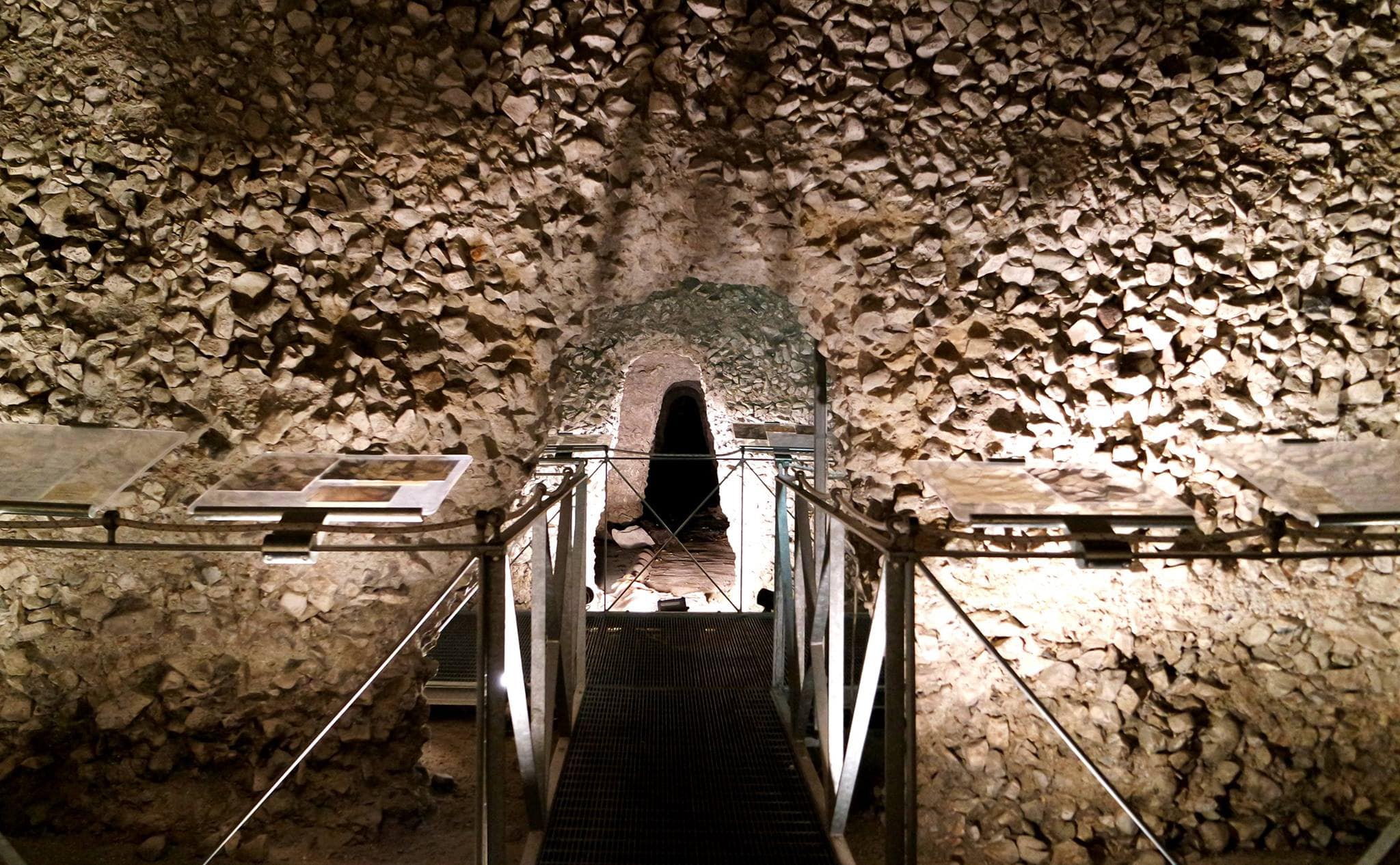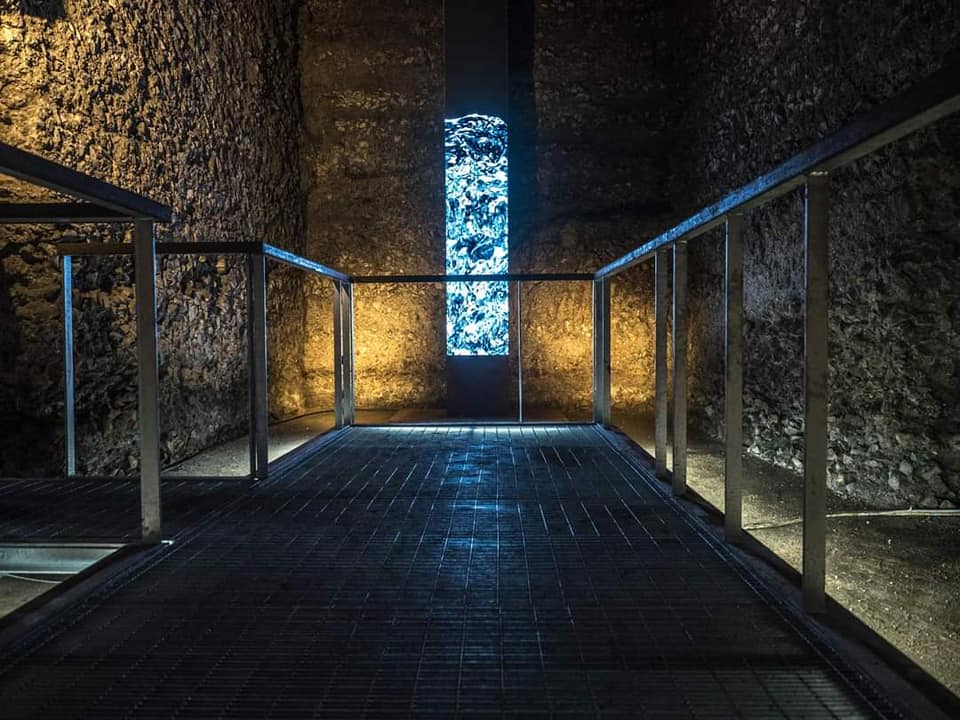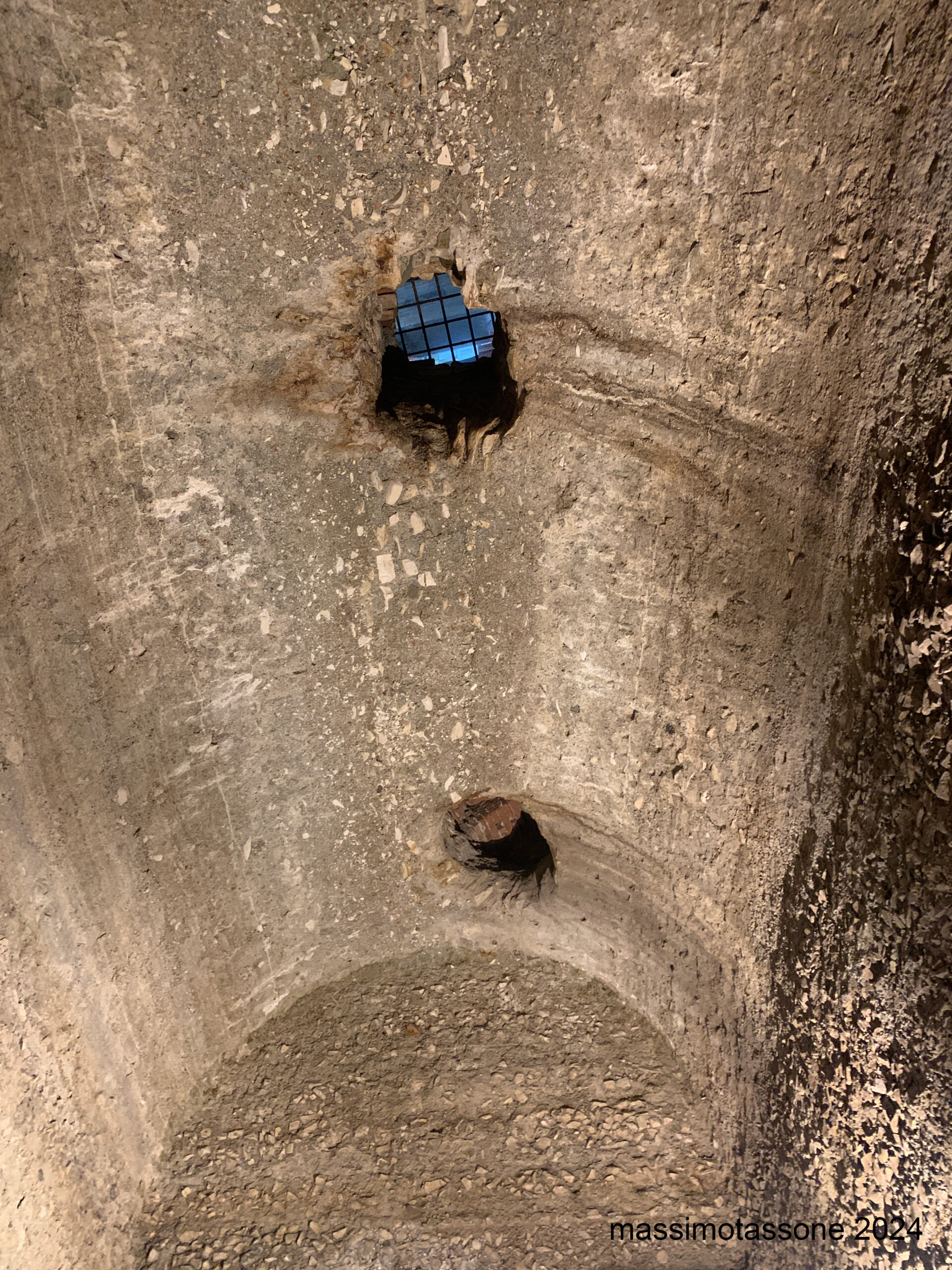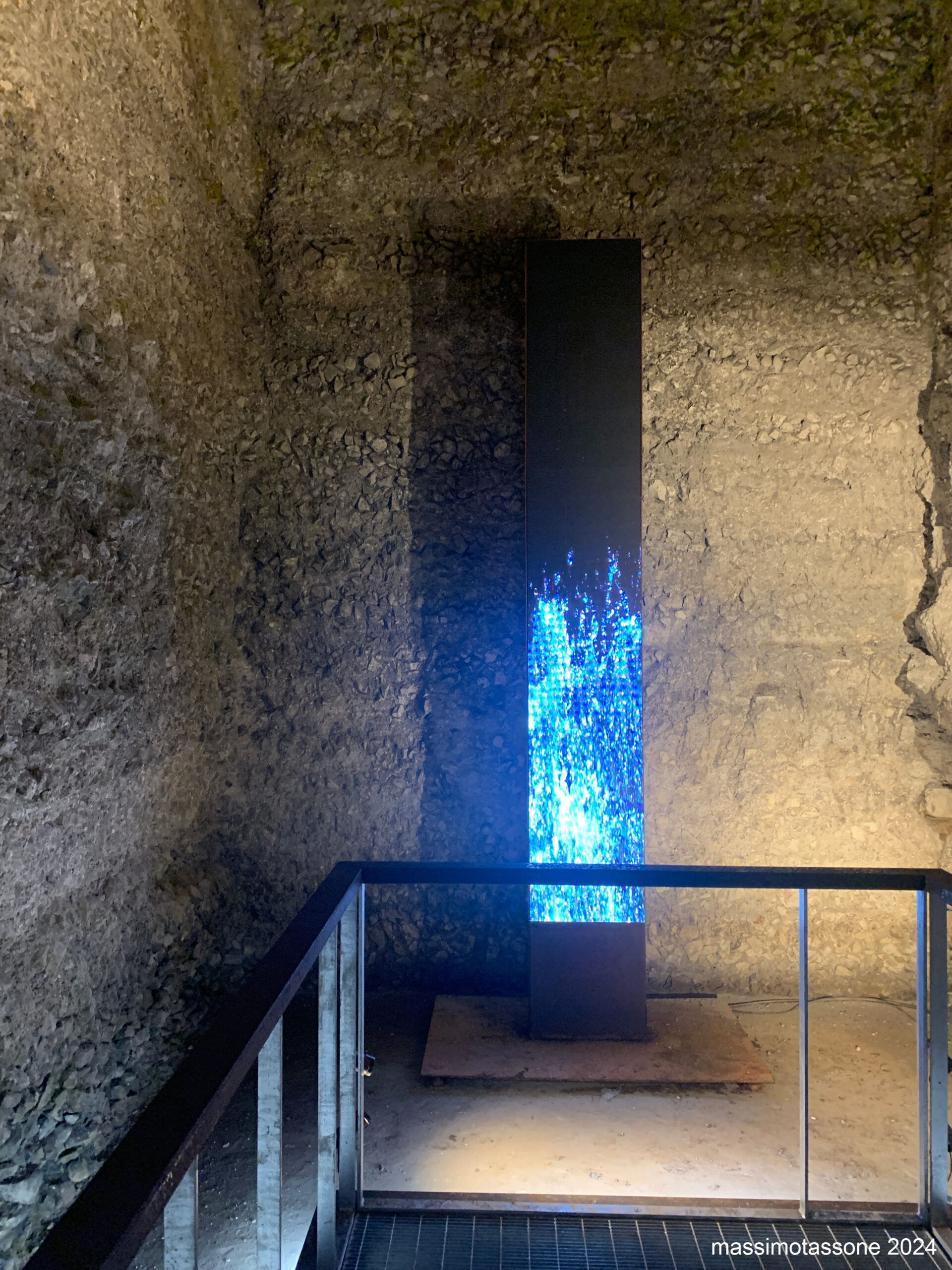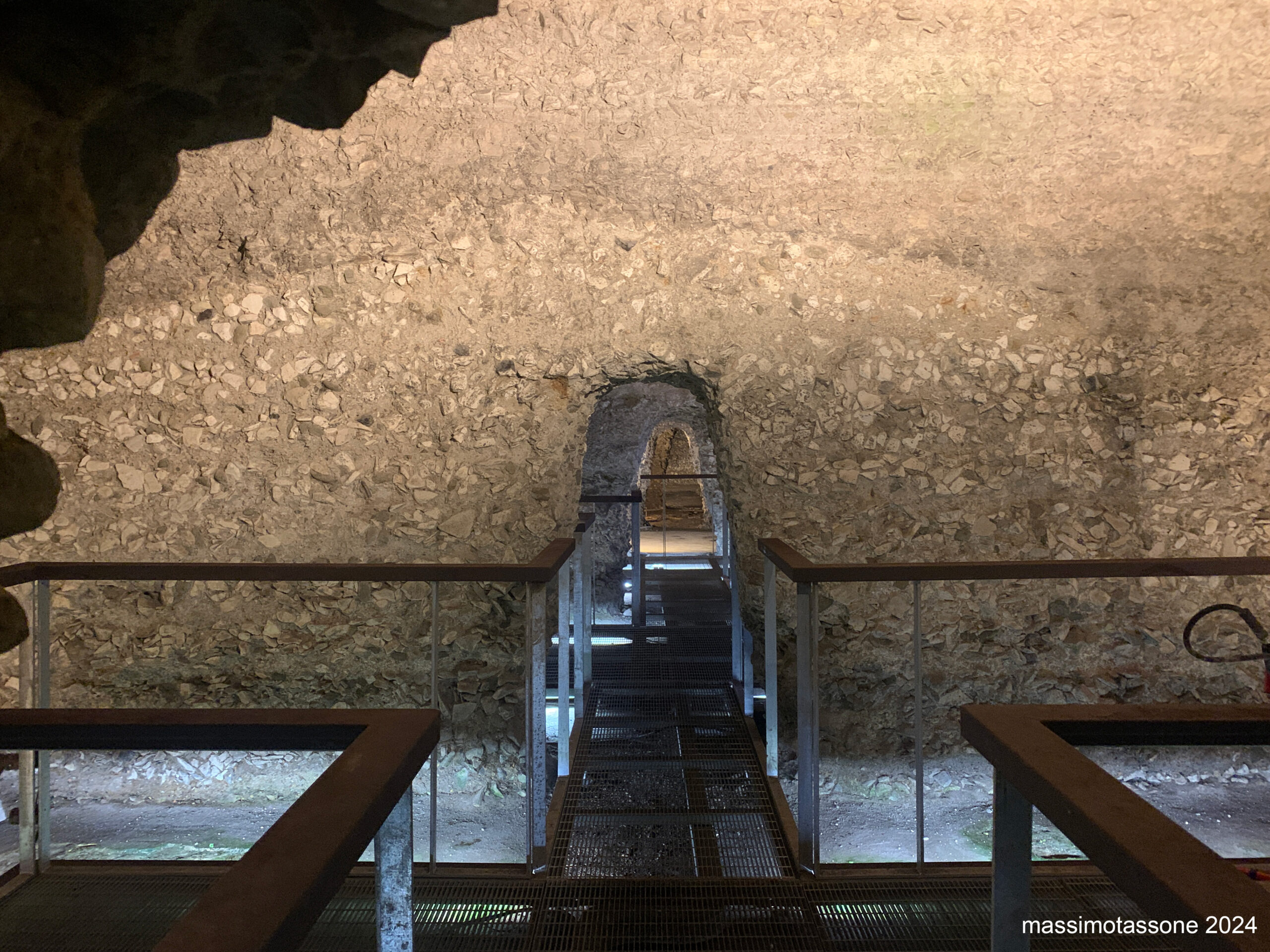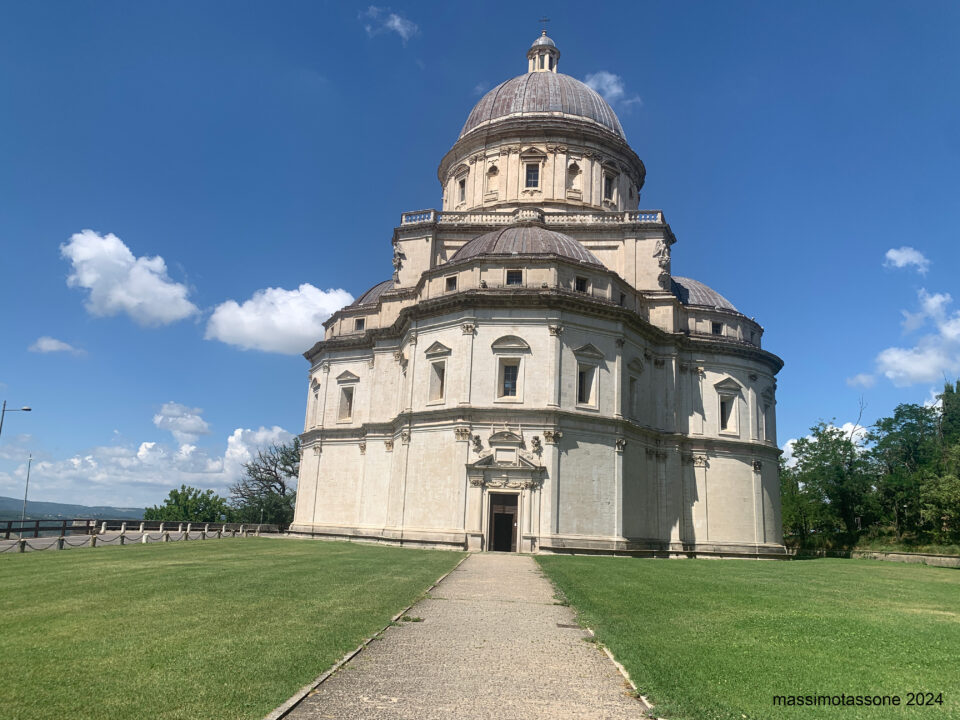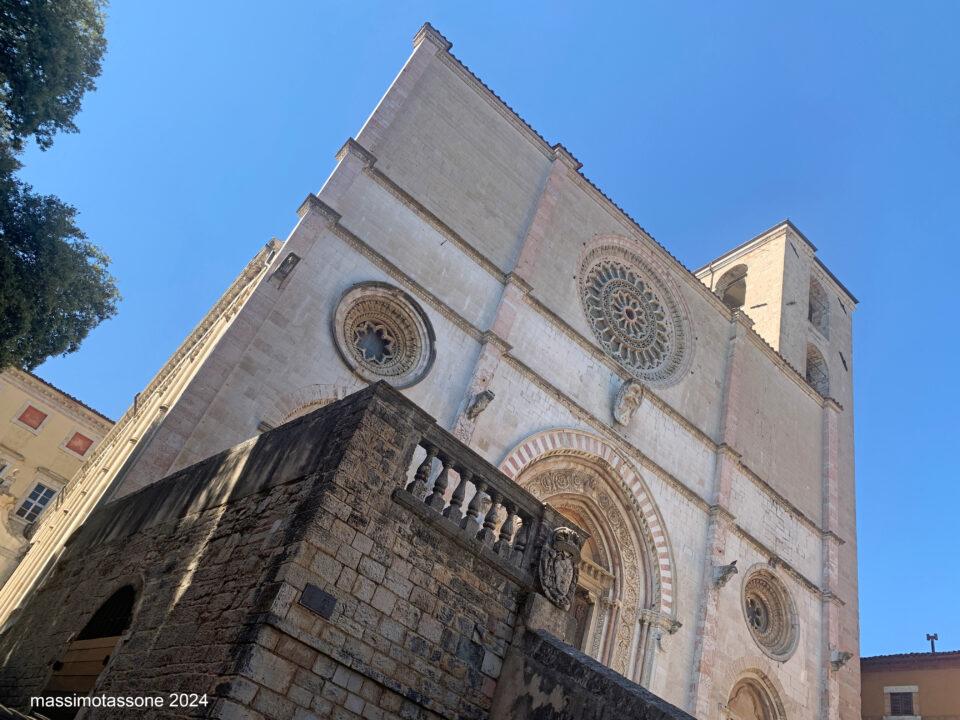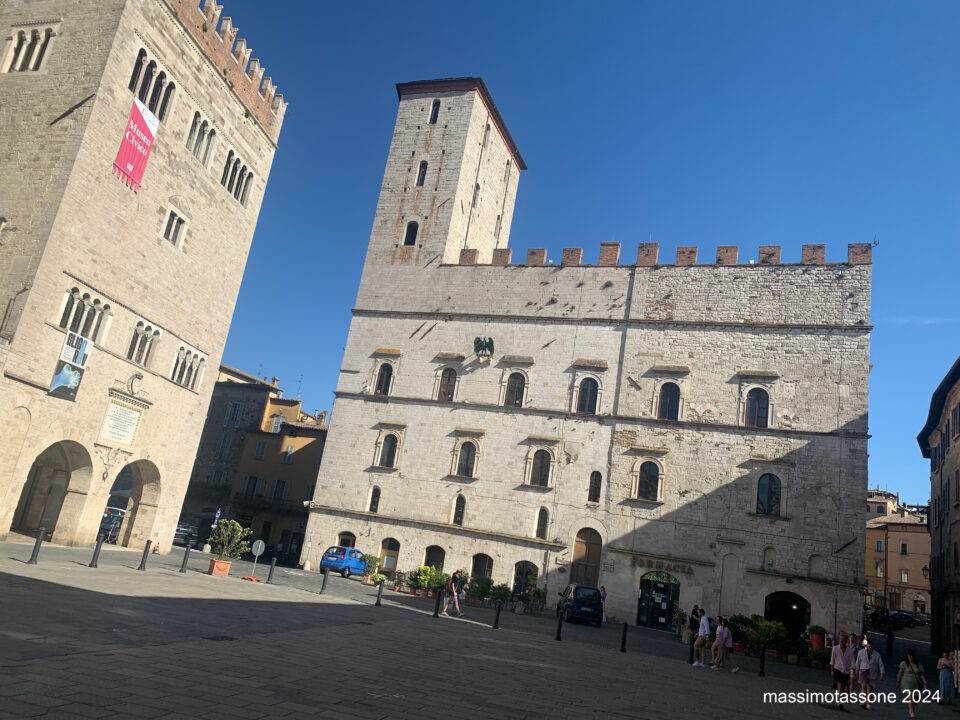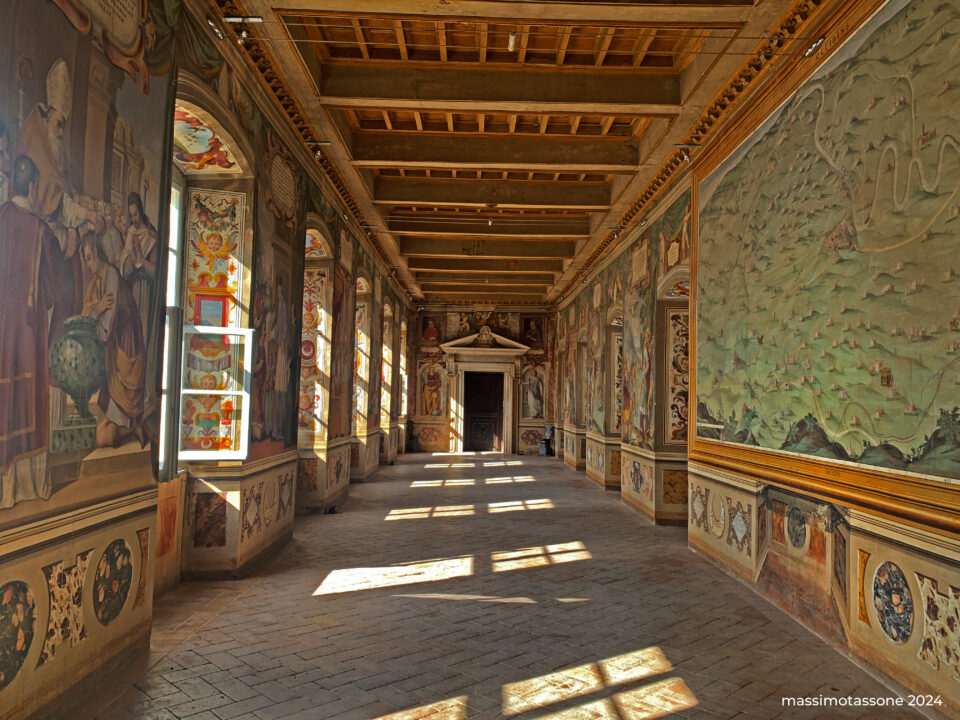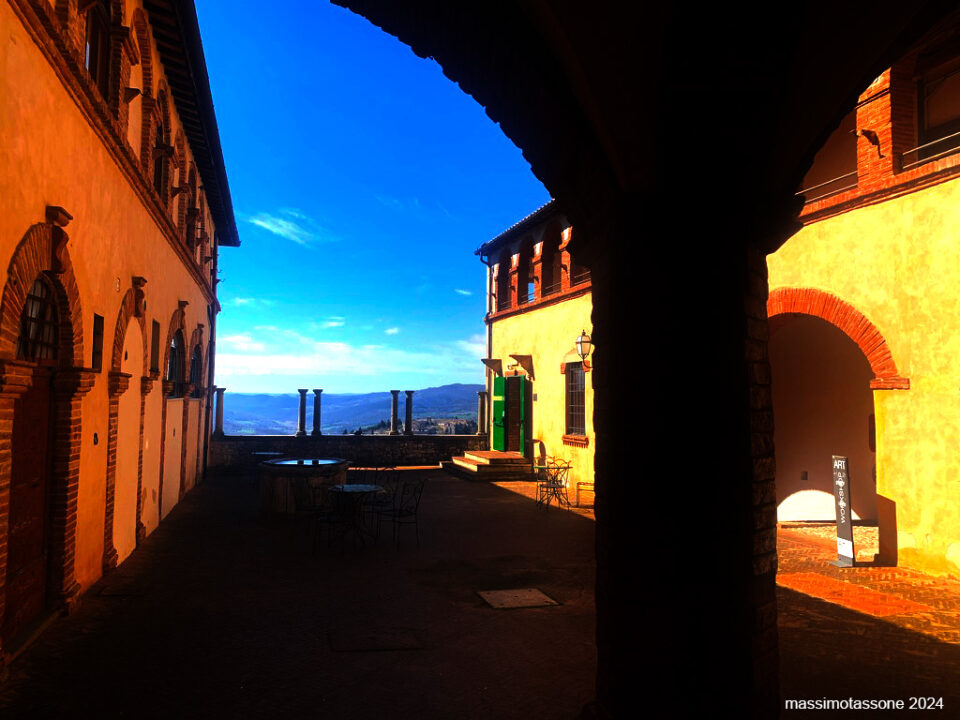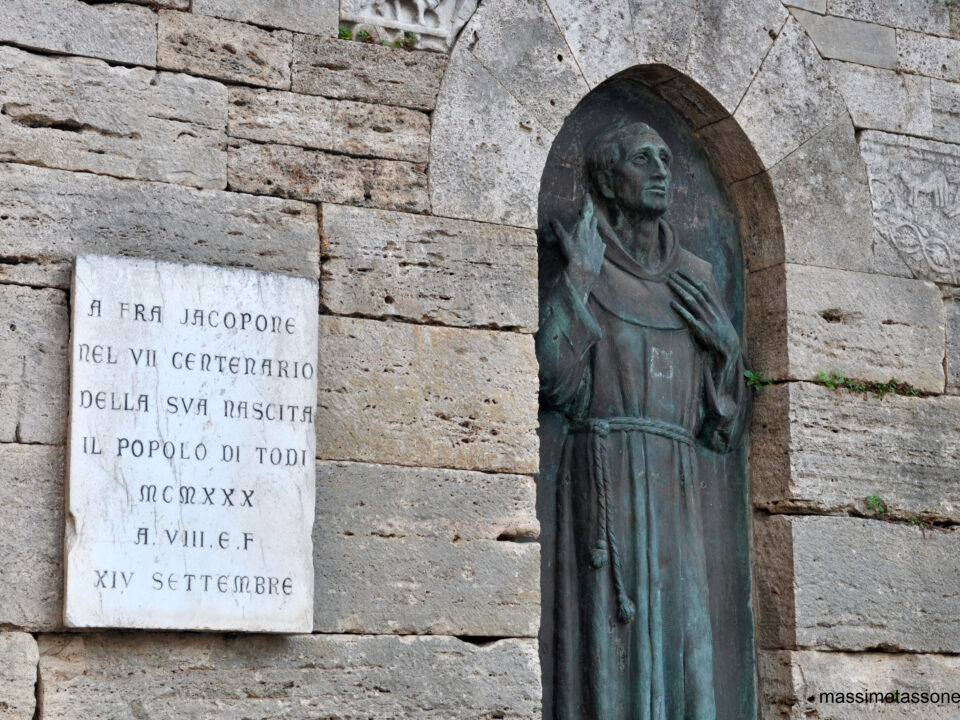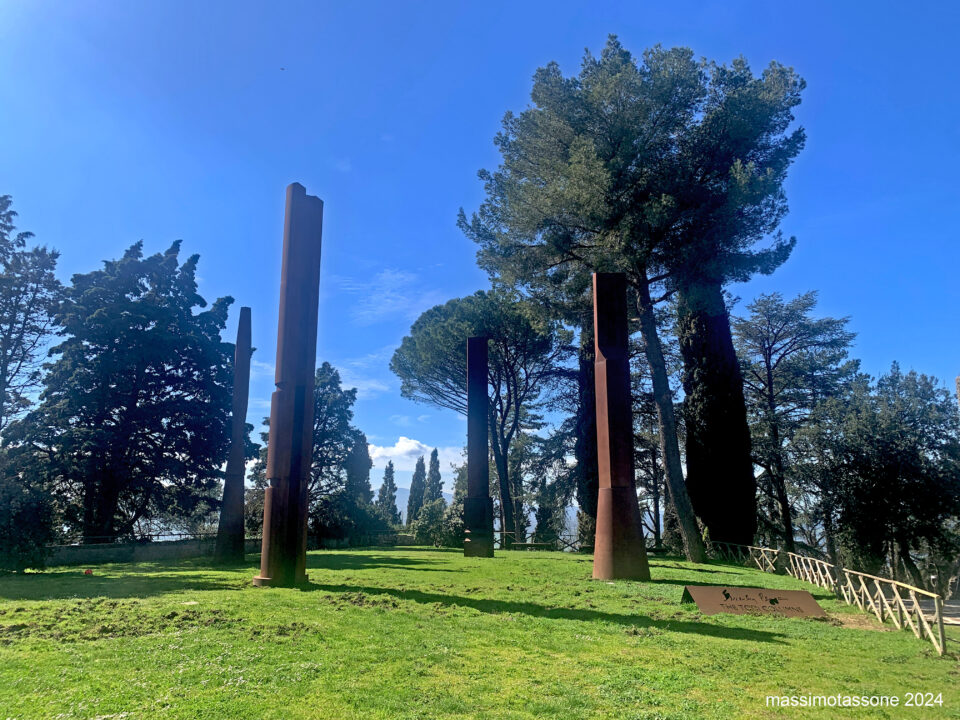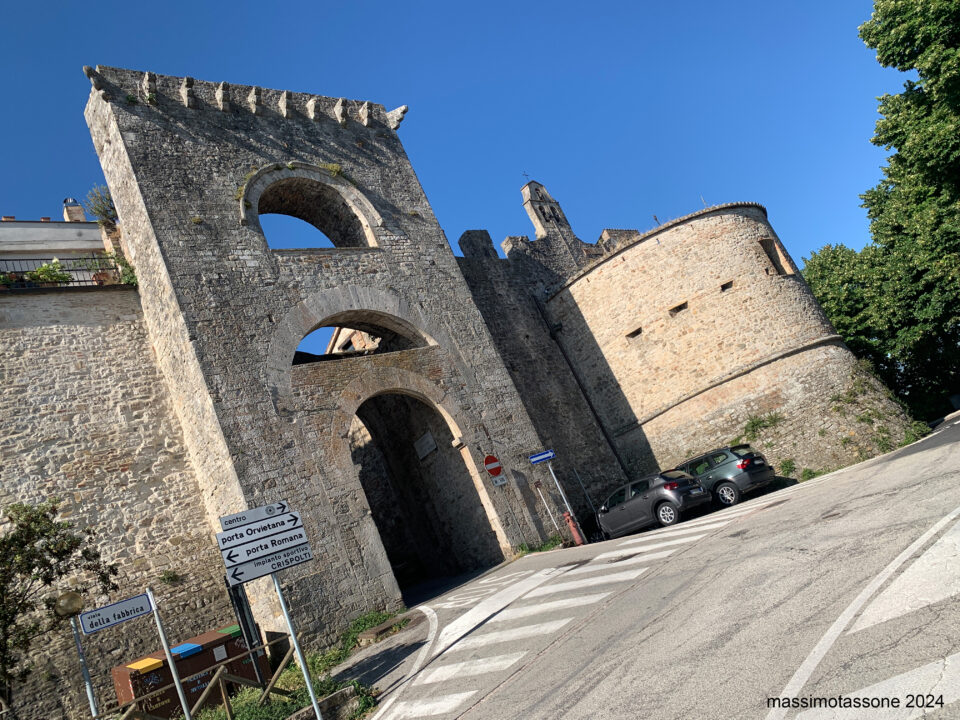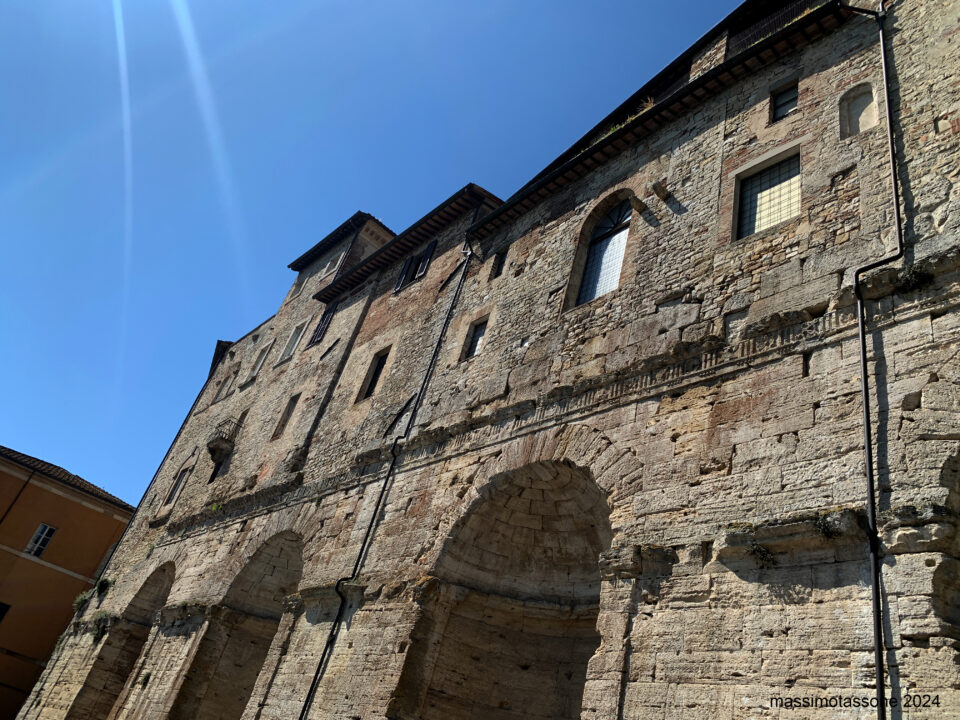Defined by the historian Gregorovius as one of the most beautiful medieval squares in Italy, Piazza del Popolo has represented the noble center of the city since Roman times. It is home to the Cathedral, the Palazzo del Capitano, the Palazzo del Popolo, and the Palazzo dei Priori. The square rests on a series of large multi-chambered cisterns, still well preserved and open to visitors. These cisterns not only served as a vast water reserve but also had multiple functions: substructure, drainage, and containment of water, which has always posed stability issues for the hill.
The two large cisterns located beneath Piazza del Popolo, respectively on the east and west sides, formed the central part of the city's ancient water system and also played a crucial role in supporting the forum above. The cisterns on the east side, not open to the public, are divided into 12 chambers and were discovered in 1262 during the pavement restoration of the square, as recorded in a 16th-century local chronicle. The cisterns on the west side, accessible to the public via Via del Monte, were accidentally discovered in 1996 during the restoration of a commercial space (a tobacco shop still in operation). These cisterns are also divided into 12 chambers, following the layout of parallel communicating rooms with rectangular plans.
The dual complex, dating back to the second half of the 1st century BC, was built simultaneously by excavating a massive amount of earth and using the same construction technique: both structures rest on a concrete platform made impermeable with a mixture of materials and mortar. The perimeter walls and the dividing walls between the chambers are also made of concrete, created with successive pours against the earth, supported internally by wooden forms, visible as horizontal bands. The roof consists of barrel vaults in concrete, with ventilation and water retrieval shafts opening at the center of each vault. The floor is made of cocciopesto, and in some chambers, traces of shoe prints, likely from the workers who built the structure, can be seen.
The total length of the cisterns is 48 meters, with an approximate height of 7 meters. At full capacity, each structure could hold about 2,500 cubic meters of water, used for the city's public needs, via a mixed supply system: rainwater channeled through the openings in the vaults and spring water brought from the top of the hill.
For a decade, the cistern was only visible from the well opening inside the tobacco shop, illuminated and protected by anti-shatter glass provided by the owners. Later, the Municipality of Todi and the Archaeological Superintendency of Perugia completed the recovery and enhancement of this invaluable underground heritage. Recently, an additional enhancement project was undertaken to offer a more evocative tour inside, thanks to installations by Fabrizio Plessi.


